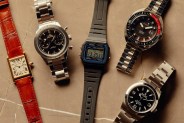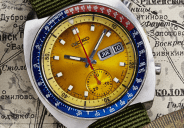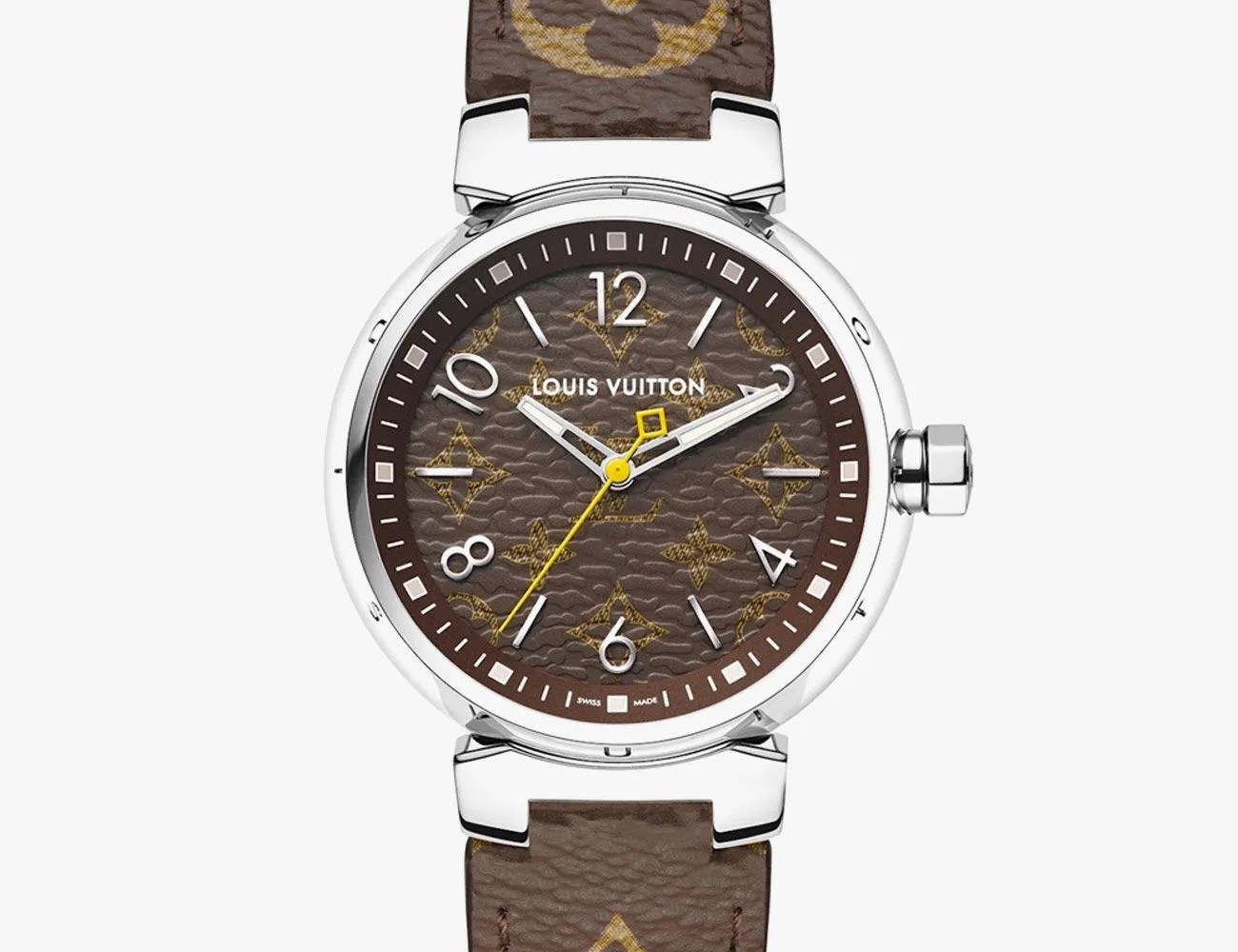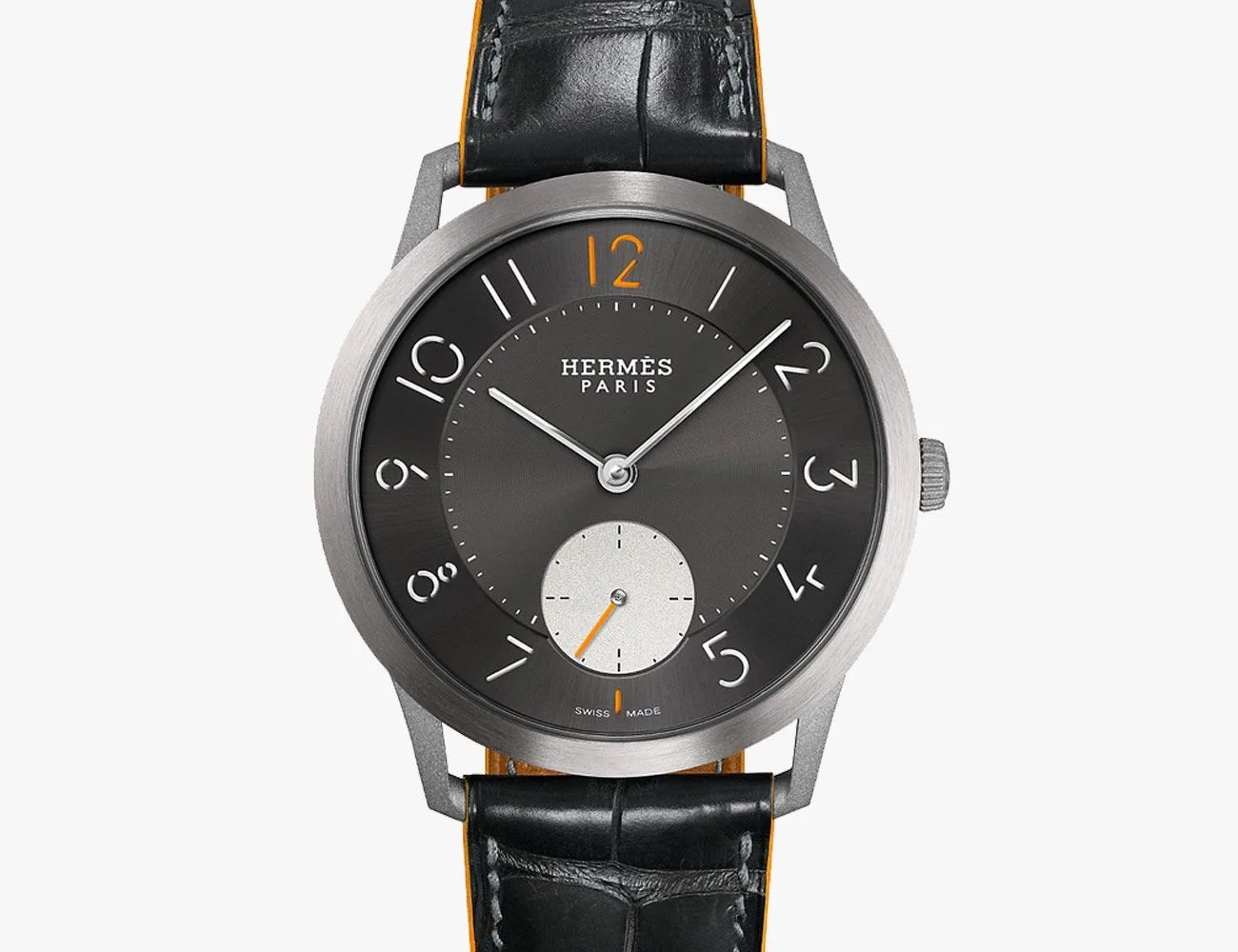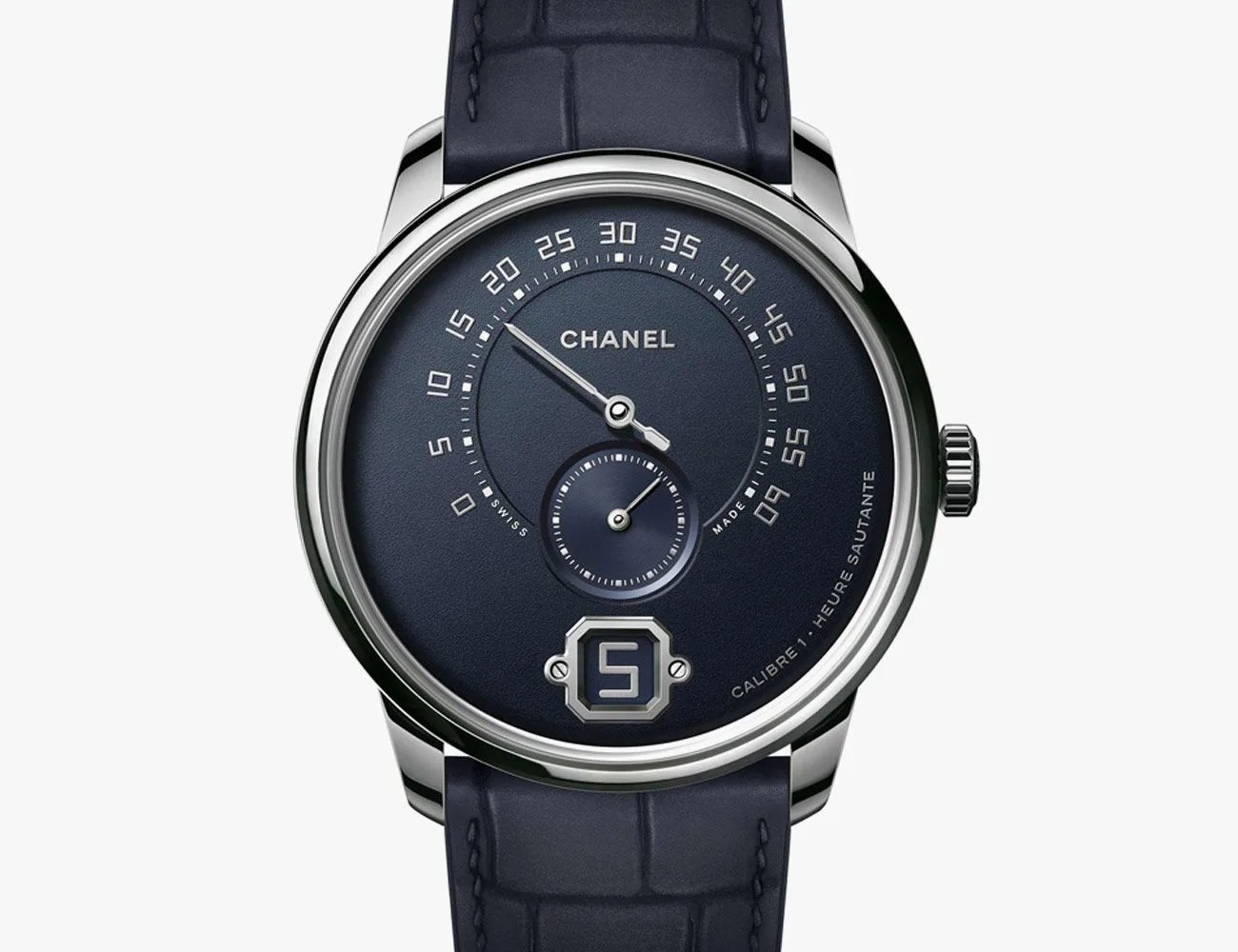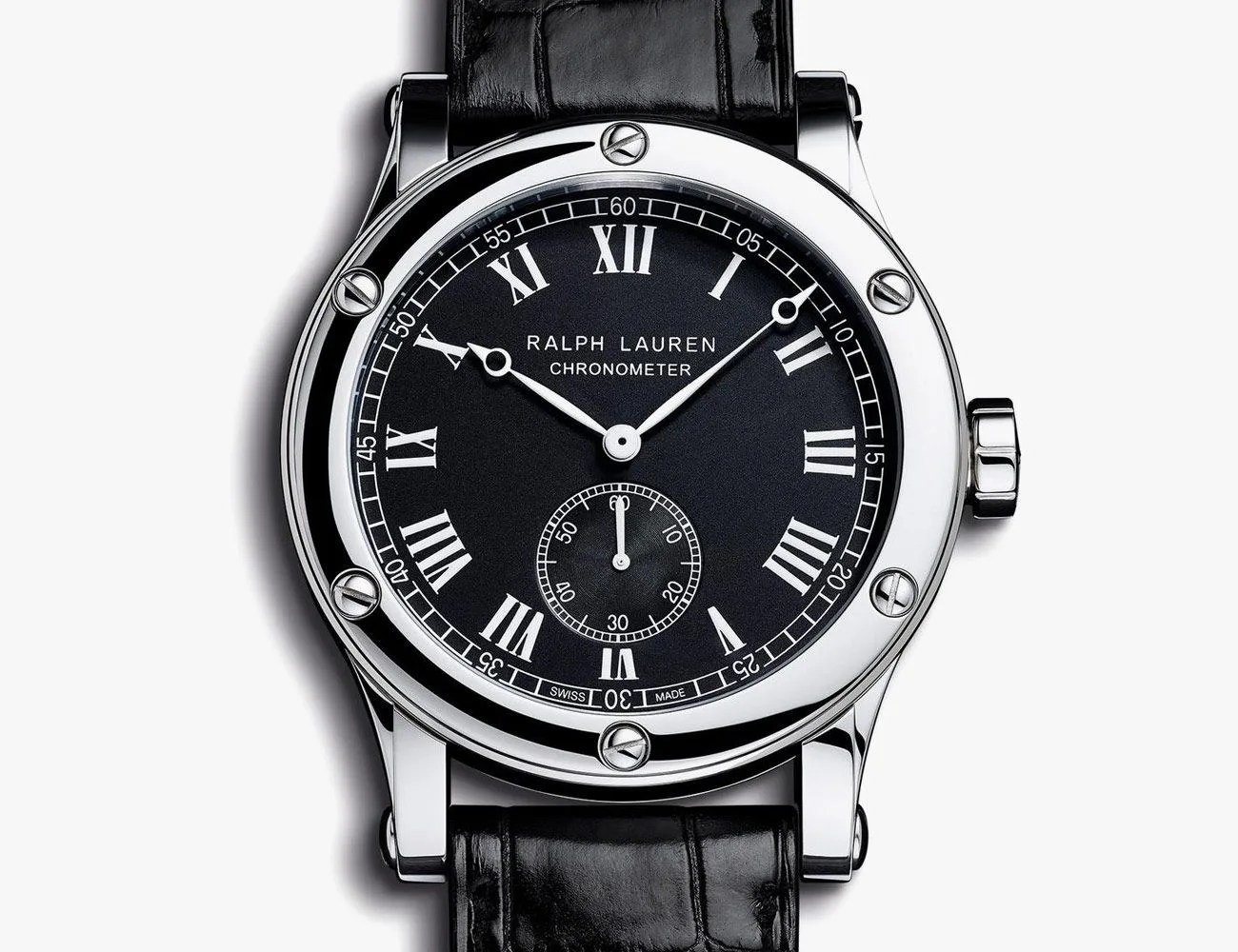What’s the difference between a “fashion watch” and a “real watch?” Ask a hardcore enthusiast or collector and you’re sure to get an earful.
Watchnerd lingo and culture often derogatorily dubs watches made as mere fashion accessories “fashion watches.” The implication is that such watches are made for people who don’t know or appreciate the finer points, history or tradition of horology. Companies from other sectors that try to break into watches are often certainly deserving of this perception, but sometimes brands are unfairly lumped in. Just because a company is good at designing other products doesn’t make its watches automatically dismissible, does it?
Most watches that enthusiasts and collectors are interested in come from brands that exclusively (or at least primarily) make watches and have done so historically. On the other hand, anyone can make a fashion watch if it “looks good” from a distance. Collectors will complain, however, that they too often feature obliviously mismatched design elements or simply mimic traditional designs using mass production with low cost and quality.
So, fashion watches get bad rap. There are examples, however, of brands originating in other sectors such as jewelry (Cartier, Bulgari, Chopard, etc.) or even pen makers (Montblanc, etc.) that are uncontrovertibly established members of the watch industry and community. So what about watches by fashion labels? Are they necessarily “fashion watches” in the pejorative sense?
Brands that put in the effort to understand what it takes to make a “real watch,” even if they come from the fashion world, can produce something worthy of enthusiasts’ attention. Further, they bring an outside perspective and fresh ideas that many watch nerds would agree is needed in the industry — and the four examples below prove it.

